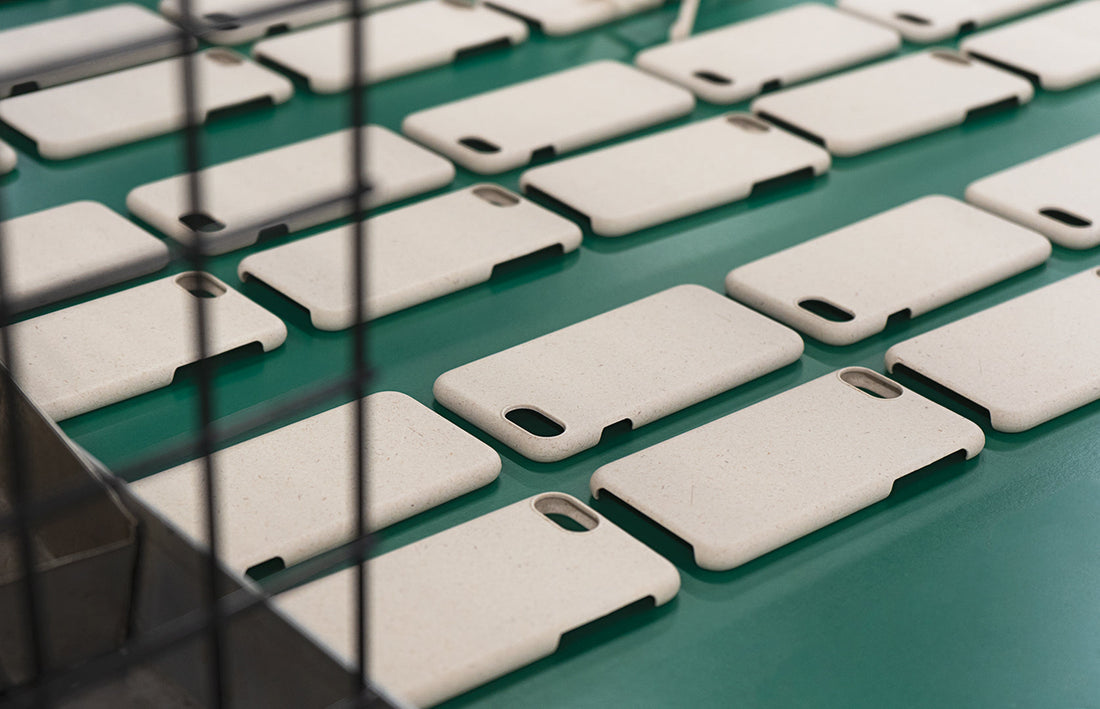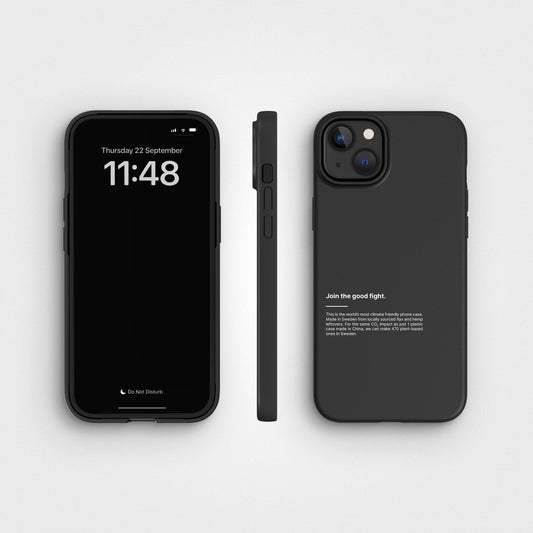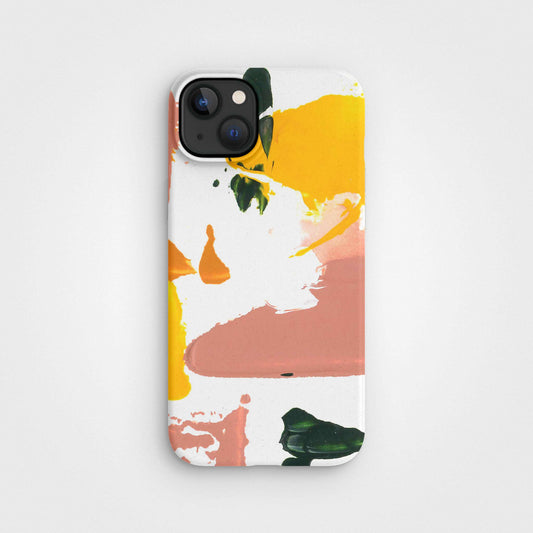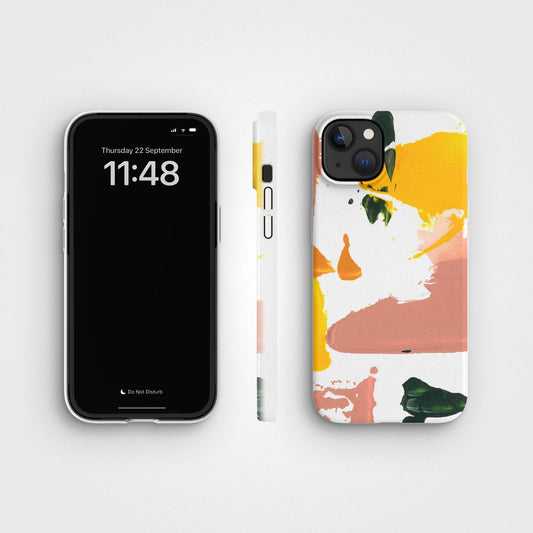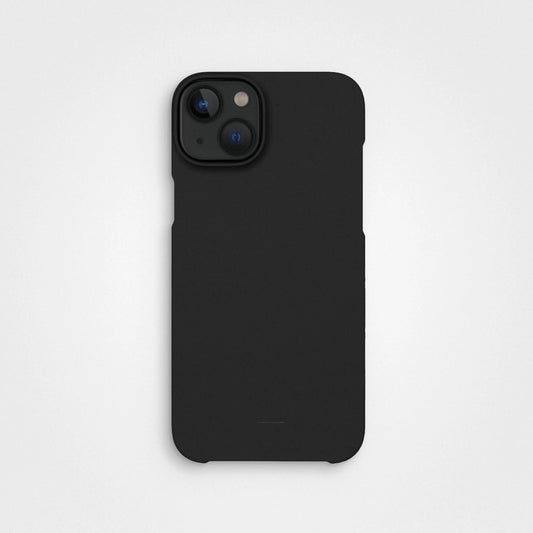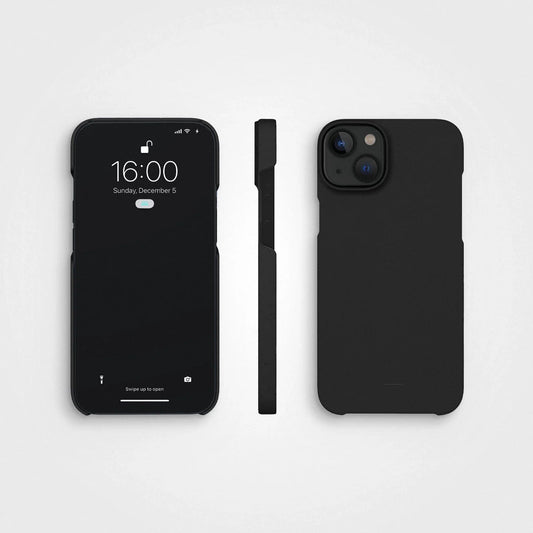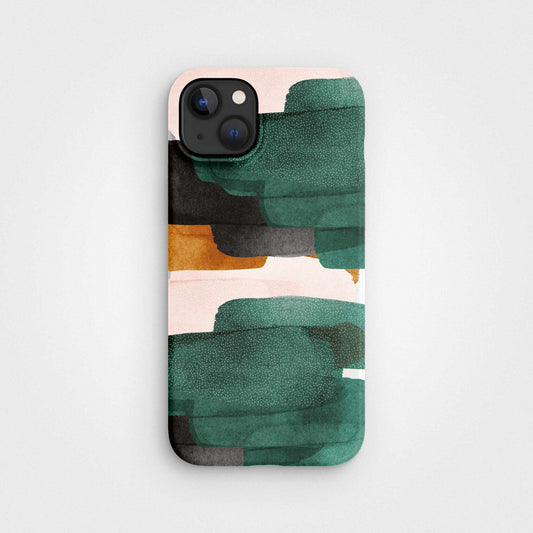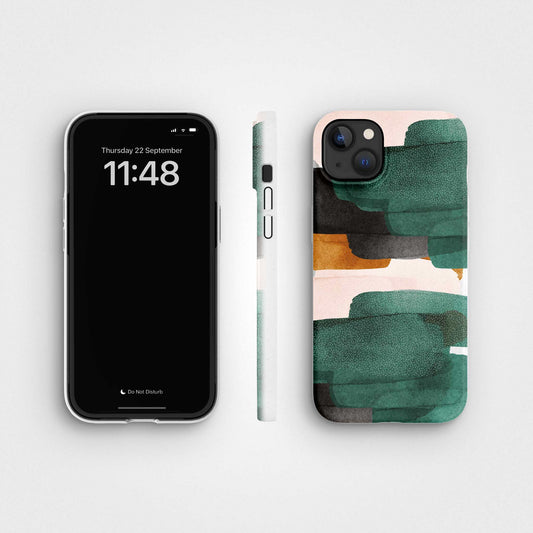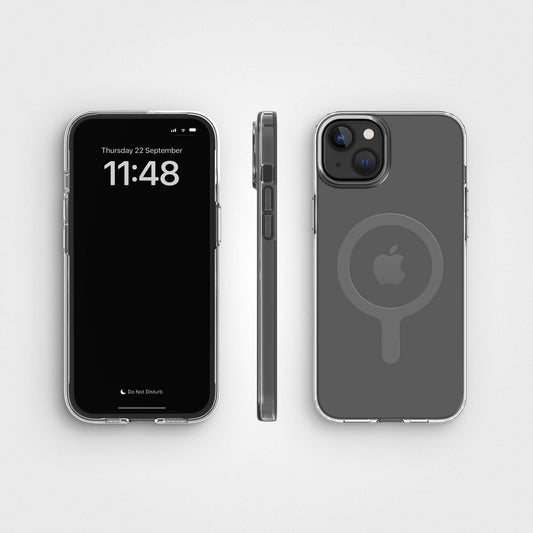Our standard design principles and everything that goes into making a new product
Once upon a time, not that long ago, we had an idea about how a company should be. Responsible. Sustainable. Lovable. A company that does good, for good reasons. Kind of great, right? With the odds stacked against us, we decided to give it a go. And in a skip and a beat, we are succeeding.
In the spirit of transparency, we are sharing our design principles, showing how we select our raw materials and what goes into a product.
We are not perfect, but we are transparent.
But some materials are better for certain applications (or products).
Every product is assessed at least once a year.
If you like to learn more about our design philosophy and materials, please check here.
New product? All that happens

Creating a new product
When it comes to creating a new product, we are customer-centric. We ourselves are customers, we look at how we want to use our products, what works best and what doesn’t work so well. If our customers don’t enjoy the functionality of our products, then there's no point of us being here. Acing this means your customers will come back for more and ensure that the switch to sustainable products was worth it.
We obsess over every detail. Everything matters. Everything counts. We ensure that all aspects of our products are the best that they can be. Without this crucial step we would not be able to transform our vision and ideas into reality.
We don’t settle for the easy way out. In the choice between different courses of action, we will always take the route that makes our company and our products better and more responsible. This means that we will always climate compensate for our shipments, even if that comes at a cost.
When it comes to packaging, we develop our own, using materials and suppliers that we trust. This means increasing our cost as we say firmly no to cheap and harmful materials (e.g. BPA-plastics). Lastly, when it comes to suppliers, cost is not a main evaluation point. We first ensure that our values align, if we agree on that first it will cause less arguments in the future. We also avoid working with suppliers and partners that we can’t influence. We want our suppliers to make constant changes and improvements, ensuring they are as sustainable as they can be.
You may be wondering where these design's principles came from? Well, as there are no good global standards that apply, we had to make our own.
Our own standard principles are a living document, since we evolve all the time and apply new principles and search for the best practices.
The hierarchy of raw materials
Every product is unique, meaning each design principle will be different for each product. We won’t be able to assume one way worked for another product and it will be the same for the next.
We also need to look at everything at the same time, if we focus on one factor at a time it will only delay the process. We need to ensure each factor will work or else we will not be able to go ahead with the product.
Lastly, we need to take the product lifespan into account. Take toothbrushes. We use premium nylon in the bristles. There are options, from castor beans which are plant-based, but the use is not great and is of poorer quality. Therefore the bristle with nylon is the better option. We need products that last, if not, consumption rates will only increase.


The next life
⭐️⭐️⭐️⭐️⭐️ Circular now. Or degrades quickly if the product is made from plant-based materials, such as bamboo or flax.
⭐️⭐️⭐️⭐️ Can be used in something else
⭐️⭐️⭐️ Easy to recycle within current streams. This example requires as few materials as possible and not to blend different plastics.
⭐️⭐️ Can be turned into heat or energy and is not harmful to burn
⭐️ Very tricky to recycle

Material source
⭐️⭐️⭐️⭐️⭐️ Finding a byproduct from nature
⭐️⭐️⭐️⭐️ Single source of upcycled material (e.g. 100% recycled cotton)
⭐️⭐️⭐️ Plant-based material
⭐️⭐️ Blended fractions but easy to separate (therefore easy to recycle)
⭐️ Blended fractions of material or using fossil fuel plastic

Production
⭐️⭐️⭐️⭐️⭐️ Made with renewable energy, very little water and no chemicals, produced in very close proximity to the factory.
⭐️⭐️⭐️⭐️ Made with renewable energy, very little water and no harmful chemicals but a large distance between the factories
⭐️⭐️⭐️ We can influence the factory to convert to renewable energy and implement wastewater minimisation
⭐️⭐️ Energy used for production is fossil-based, such as coal and oil
⭐️ We simply don’t know

Longevity (we get to this by trying out)
⭐️⭐️⭐️⭐️⭐️ The product lifespan is better than the best competitor
⭐️⭐️⭐️⭐️ The product lifespan is equal to the best competitor
⭐️⭐️⭐️ The product lifespan is a little shorter than the best competitor
⭐️⭐️ The product lifespan is shorter than the best competitor
⭐️ The product lifespan is a lot shorter than the best competitor

Packaging and protection of the product
⭐️⭐️⭐️⭐️⭐️ No plastic. Made from plants and the same material flow as the product, using just enough materials for the job.
⭐️⭐️⭐️⭐️ No plastic. Made from plants but not the same material flow as the product.
⭐️⭐️⭐️ Made from plants. A little bulky but is necessary in order to protect the product.
⭐️⭐️ We need an extra box to protect the product
⭐️Plastic

Smart packaging
⭐️⭐️⭐️⭐️⭐️ No air between the product and packaging
⭐️⭐️⭐️⭐️ Little air between the product and packaging
⭐️⭐️⭐️ Average amount air in box between the product and packaging
⭐️⭐️ Bulky and too much air between the product and packaging
⭐️ Way too much air between the product and packaging
Terms and how we prioritise them
The ones we love
- Byproduct - great it’s waste
- Upcycled - great it’s made from something else
- Single fraction - great, easy to recycle
- Home compostable - easy after life
- Circular - great, it can be remade
The ones which are ok
- Compostable a.ka. Industrial composting
- Recycled
- Climate compensated - if so, then good
- Recycled materials*
*Important to tell your customers how much is virgin and how much is new. Take paper as one example. Recycled paper is generally 50% virgin because fibers are short but HDPE or R-Pet as one example can be fully recycled materials. Also here, be aware of markings such as “recycled materials” on clothes. Often it's blended synthetic and organic fibers, which means it’s hard to recycle.
The ones we don’t like and we refuse to use
- Biodegradable - everything is in fact biodegradable. It just takes too much time. Nature is under a great amount of demand. We should not put more things into the soil.
- Photodegradable - means it degrades under direct sunlight.
- Eco-friendly - what does this even mean?
- Recyclable - this word is so similar to recycled but means something else
